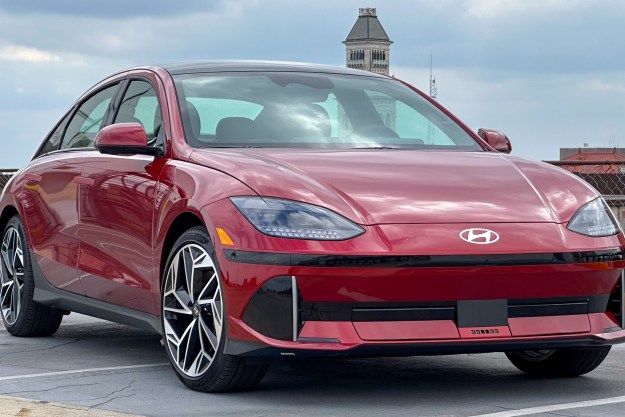Tesla took a big step closer to becoming a mainstream automaker in 2019. The automaker said it delivered 367,500 electric cars — 50 percent more than the previous year. That still makes Tesla a relatively small player in the auto industry — Toyota said it delivered more than 2 million cars in North America alone in 2019 — but shows that the company is making progress in scaling up car production.
In the fourth quarter alone, Tesla said it produced 104,891 cars, and delivered 112,000. The automaker didn’t provide a full breakdown, but the Model 3 accounted for the majority of those fourth-quarter numbers. Tesla said it built 86,958 of the sedans in the fourth quarter, and delivered 92,550. Fourth-quarter production and delivery totals for the Model S and Model X were lumped together by Tesla. The combined production total was just 17,933 cars, with deliveries of 19,450 cars.
The vast majority of cars are still built at Tesla’s factory in Fremont, California, but the company recently opened a second assembly plant in Shanghai. The factory went from groundbreaking to car production in just 10 months. The initial batch of Model 3 electric cars built at the Shanghai factory were earmarked for employees. Tesla said it has produced just under 1,000 “customer salable” cars in Shanghai, and claims the factory is capable of building up to 3,000 cars a week.
As always, Tesla noted that its delivery figures are conservative. The automaker said it only considers a car to be delivered once it is “transferred to the customer and all paperwork is correct.” Final numbers could vary by 0.5 percent or more, according to Tesla, which claimed the numbers already published are in line with previous guidance. Tesla will release full fourth-quarter 2019 financial results at a later date.
Tesla faces increasing competition from established automakers, which are finally getting around to launching more long-range electric cars, and a host of new startups. But the Silicon Valley firm has managed to keep ahead by continually updating its cars, and promising more new vehicles.
In November 2019, Tesla unveiled its first pickup truck to thunderous applause from fans. Dubbed Cybertruck, the vehicle features an unusual, angular design and stainless-steel construction. The unveiling generated a flurry of reservations, but Tesla doesn’t plan to start production until late 2021. Keep in mind that Tesla already has three other new vehicles — the Model Y crossover, Roadster sports car, and an electric semi truck — waiting in the wings.
Editors' Recommendations
- New Model 3 ‘takes out the baby fat,’ Tesla designer says in new video
- The Lucid Gravity has more range than any other electric SUV
- Volkswagen ID.4 vs Tesla Model Y
- Tesla Model 3 vs. Hyundai Ioniq 6: Which electric sedan is best?
- Tesla launches more affordable Model S and Model X, but there’s a catch


